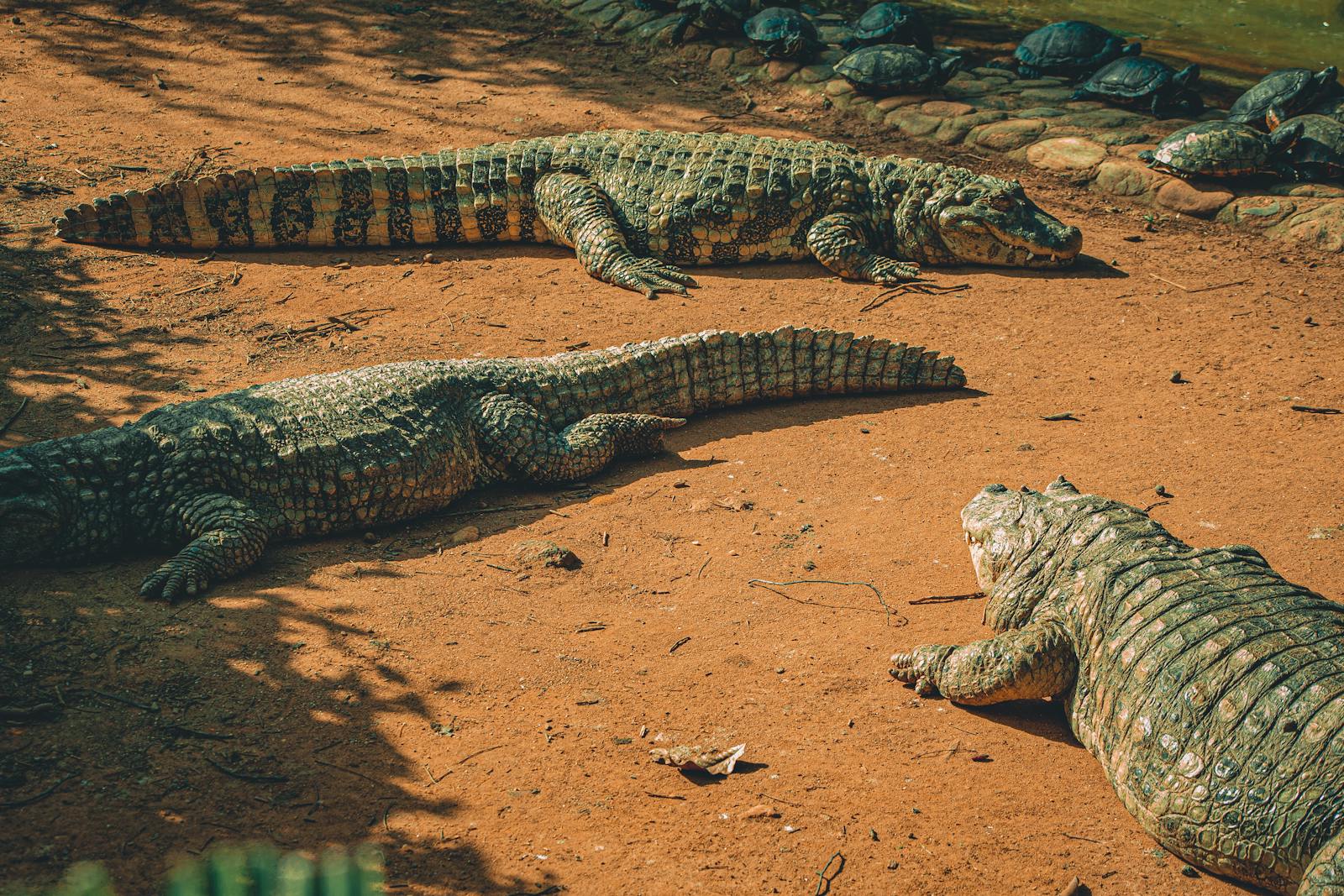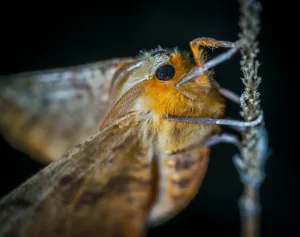Crocodiles and alligators, as apex predators, have evolved to dominate their environments. While their formidable size, power, and hunting skills are well known, one lesser-understood aspect of their behavior is their tendency to cannibalize members of their own species. Cannibalism—eating individuals of the same species—is relatively common among reptiles, especially in resource-scarce or competitive environments. Though it might seem unnatural from a human perspective, this behavior plays a critical role in maintaining population balance, managing territorial disputes, and securing survival in harsh conditions.
Understanding Cannibalism in Nature
Cannibalism is not unique to crocodiles and alligators; it occurs across various animal groups, from insects to mammals. In crocodilians, however, it serves a distinct set of biological, ecological, and behavioral functions. This behavior, while brutal, has a clear evolutionary rationale. It emerges from a complex interplay of environmental pressures, survival instincts, and the rigid hierarchy in these species’ social structures.
Here are the most significant reasons why crocodiles and alligators sometimes eat each other:
1. Competition for Limited Resources
One of the primary drivers of cannibalism in both crocodiles and alligators is competition for resources, particularly food. These reptiles inhabit environments where food supplies can be unpredictable and often scarce, especially during dry seasons or when prey migrates. In such settings, larger, more dominant individuals may resort to preying on smaller or weaker members of their species.
In a scenario where prey is difficult to find, consuming smaller alligators or crocodiles can be a matter of survival. Cannibalism, in this context, allows the larger individual to conserve energy by taking advantage of an easy meal. As opportunistic feeders, crocodilians will eat whatever they can overpower, and smaller members of their own species, especially juveniles, represent a vulnerable and readily available food source.
Evolutionary Explanation:
- Survival of the fittest: Cannibalism allows dominant individuals to thrive in resource-scarce environments, ensuring they remain at the top of the food chain.
- Efficient use of available resources: Rather than wasting energy hunting elusive prey, large crocodiles can easily overpower smaller, weaker individuals to secure nutrition.
2. Territorial Behavior and Defense
Crocodiles and alligators are fiercely territorial animals. Larger, more mature males typically dominate the best hunting and basking areas, such as rivers, lakes, and estuaries. These prime spots offer the best access to food and mates, and territorial disputes are common when another individual encroaches on this valuable space.
In some cases, territorial disputes result in violent confrontations. While these confrontations don’t always end in death, larger crocodiles or alligators will sometimes kill and eat smaller rivals to eliminate competition. This behavior is most common during breeding seasons, when males become particularly aggressive and intolerant of other males within their territory.
Evolutionary Explanation:
- Elimination of competition: Cannibalism in these cases ensures that the strongest individuals maintain control over the best resources and mates, thus maximizing their reproductive success.
- Resource management: By reducing the number of rivals, dominant crocodiles and alligators have less competition for food, further securing their survival.
3. Natural Population Control
Cannibalism can act as a form of natural population control. In environments where crocodile or alligator populations are dense, competition for food and territory becomes even more intense. When populations exceed what the environment can sustain, cannibalism helps reduce the numbers, ensuring that only the fittest individuals survive.
This behavior is particularly important in ecosystems with limited food sources. By thinning out weaker or juvenile members of the population, cannibalism helps maintain a balance between the crocodile/alligator population and the available resources. This ensures that the survivors are better able to thrive without overexploiting their environment.
Evolutionary Explanation:
- Ecosystem balance: Cannibalism reduces the risk of overpopulation, which can lead to starvation, disease, and habitat degradation.
- Selective pressure: The practice of cannibalism favors stronger, more competitive individuals, contributing to the overall health and genetic diversity of the population.
4. Breeding Competition and Reproductive Strategy
During the breeding season, male crocodiles and alligators engage in aggressive displays of dominance, often leading to violent confrontations. Cannibalism can occur in this context when one male kills and eats another in a bid to eliminate reproductive competition. Males that control a territory with access to females may also cannibalize younger males to prevent them from mating with the females in the area.
In addition, larger males may target the young offspring of rival males. By consuming hatchlings or juveniles, they reduce the number of competitors that might challenge their dominance in the future. This behavior is seen as a strategic move to ensure that only their offspring thrive and dominate the next generation.
Evolutionary Explanation:
- Reproductive success: Cannibalism during the breeding season allows dominant males to eliminate rivals, both adult and juvenile, increasing their chances of siring the next generation.
- Control over lineage: By consuming the offspring of rivals, male crocodiles and alligators ensure that their genes have less competition in the future.
5. Opportunistic Feeding Behavior
Crocodiles and alligators are known as opportunistic feeders, meaning they will consume almost anything that crosses their path if it’s edible. This feeding behavior applies not just to other animals but also to their own species. When an individual crocodile or alligator is weak, sick, injured, or otherwise vulnerable, others may seize the opportunity to eat them.
In this case, cannibalism is less about competition or aggression and more about taking advantage of a readily available meal. Juveniles and smaller individuals are especially at risk, as their small size makes them easier targets for larger crocodiles.
Evolutionary Explanation:
- Efficient hunting: Opportunistic cannibalism allows crocodiles and alligators to conserve energy by avoiding long, exhaustive hunts for other prey.
- Survival instinct: Feeding on vulnerable individuals ensures that the strongest individuals have access to resources, especially when food is scarce.
6. Nutritional Needs and Energy Conservation
Crocodiles and alligators have specific nutritional needs that must be met to maintain their size, strength, and reproductive capabilities. Cannibalism can provide a highly nutritious meal, rich in protein and fat. Consuming a smaller member of their species can meet these nutritional requirements more efficiently than chasing down prey.
Moreover, crocodiles and alligators are cold-blooded animals, meaning their energy needs fluctuate with temperature and environmental conditions. By consuming another crocodile, especially during times of food scarcity, they conserve energy and obtain a high-calorie meal without expending much effort.
Evolutionary Explanation:
- Nutritional advantage: Cannibalism provides an energy-dense source of nutrition, allowing crocodiles and alligators to maintain their size and strength, which are crucial for survival and reproduction.
- Energy efficiency: Cold-blooded animals must conserve energy whenever possible, and cannibalism offers a low-effort means of obtaining essential nutrients.
7. Juvenile Vulnerability and Predation
Cannibalism is particularly common among juvenile crocodiles and alligators. After hatching, young crocodiles face an uphill battle for survival, with only a small fraction reaching adulthood. Hatchlings and juveniles are vulnerable to predation from a variety of species, including their own kind. Adult crocodiles, including their parents, may eat juvenile crocodiles, especially when food is scarce or if the juveniles stray too far from the safety of the group.
This behavior may seem counterproductive from a reproductive standpoint, but it ensures that only the strongest, most adaptable juveniles survive. It also helps manage population numbers in environments where juvenile crocodile or alligator populations might otherwise overwhelm available resources.
Evolutionary Explanation:
- Selective pressure: Cannibalism among juveniles ensures that only the most fit and capable individuals survive to adulthood, contributing to the overall genetic strength of the population.
- Reduction of population strain: By consuming juveniles, adult crocodiles help maintain an appropriate population size, ensuring that resources are not overexploited.
8. Environmental Stressors and Extreme Conditions
Extreme environmental conditions, such as droughts, flooding, or temperature changes, can exacerbate competition for limited resources. In these situations, crocodiles and alligators may become more aggressive toward one another, leading to increased rates of cannibalism. As bodies of water shrink or food becomes scarce, the pressure to survive intensifies, and larger individuals are more likely to attack and consume smaller ones to secure their own survival.
Evolutionary Explanation:
- Survival under duress: In times of extreme environmental stress, cannibalism becomes a survival strategy to outlast harsh conditions.
- Resource allocation: When other food sources become scarce, cannibalism ensures that at least some individuals survive long enough to reproduce when conditions improve.
9. Elimination of Sick or Injured Individuals
Crocodiles and alligators, like many animals, tend to eliminate weaker or sick members of their group. This is both a way to prevent the spread of disease and to remove individuals that might otherwise burden the population. Injured or sick individuals are easy prey and are often cannibalized, serving as a source of nutrition for healthier individuals while maintaining the overall strength of the population.
Evolutionary Explanation:
- Population health: By consuming sick or injured members of their own species, crocodiles and alligators reduce the risk of disease spreading within the population.
- Resource conservation: Cannibalizing sick or injured individuals helps ensure that only healthy, strong individuals compete for resources, maintaining the integrity of the population.
Conclusion
Cannibalism in crocodiles and alligators is a natural behavior that serves multiple biological, ecological, and evolutionary functions. From competition for food and territory to population control and survival in harsh conditions, cannibalism is an integral part of life for these reptiles. Though it may seem brutal, it plays an essential role in regulating populations, maintaining genetic fitness, and ensuring that these powerful predators thrive in environments where resources are often scarce.
While the idea of cannibalism may be unsettling from a human perspective, for crocodiles and alligators, it is simply another tool for survival—one that has helped them remain apex predators for millions of years.




